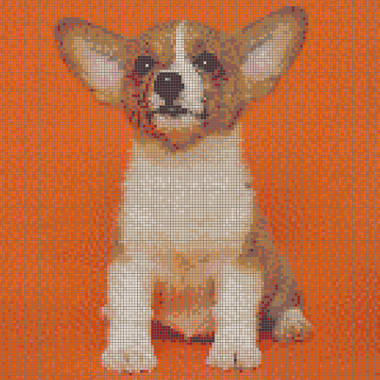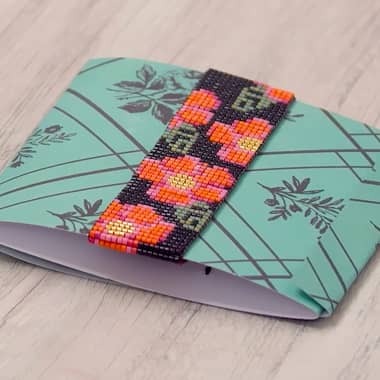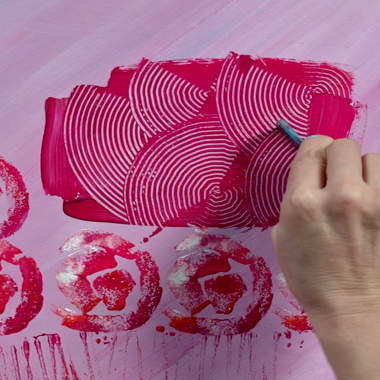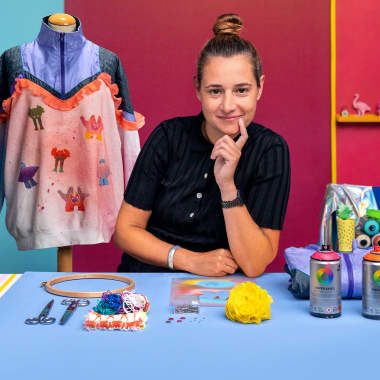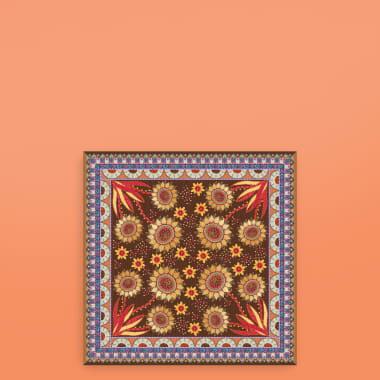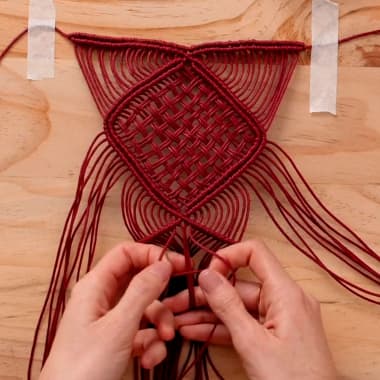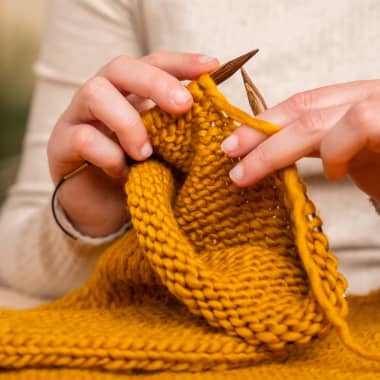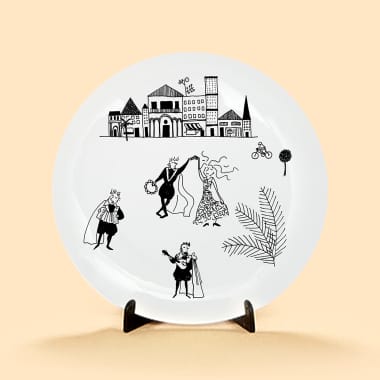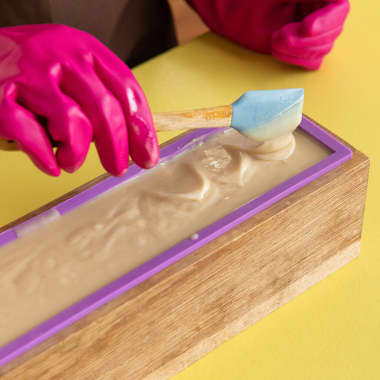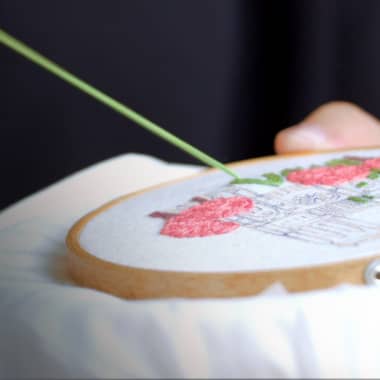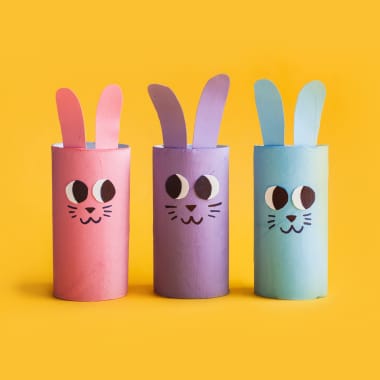A pattern is like a map, it shows us where the most important parts of our drawing are located, their textures, volumes and details. It helps us to better understand our reference and serves as a guide to embroider our project. Would you like to know how to make your patterns step by step? Here I share with you the process I use to create my own designs.
STEP 1. LOCATE THE DARKEST AREAS
Pointing out the darkest areas first when creating your pattern is critical for several reasons. These areas provide the contrast and depth needed for the design to stand out and be perceived clearly, it establishes a foundation to better distribute light and shadows throughout the design, and it helps us create a more realistic and detailed image. So look at your image and mark the blackest areas you can find.
STEP 2. MARK THE MAIN ELEMENTS
Before you go on to mark other areas of your reference, concentrate on tracing the main elements of it. If you are working with animals for example, this is the time to draw everything that makes your specimen special: it can be the most prominent beak, eyes and feathers if it is a bird; or the antennae, spots and wings if it is an insect.
To differentiate those unique elements and avoid confusing them with the rest of the reference, you will need to mark each of them in detail, so take the time to do it. The more detailed your map is, the better you will be able to understand the embroidery.
STEP 3. HIGHLIGHT THE CLEAREST AREAS
Now that you have most of the elements of your reference marked, you are going to focus on the clearest areas of your image. Define where the lightest sections are, remember that we are not looking for gray areas, but the whitest you can see. Try to mark them very carefully and with a fine-tipped tool, since they are very light areas, we want them to keep their tone.
STEP 4. CONTOURS
Finally, we will concentrate on tracing the contours of our image. Personally, I recommend that you always do this step of the process with broken or separated lines. Doing it with continuous and thick lines could make it difficult to visualize correctly the lighter or thinner contours. Therefore, as a last step, create the most visible contours little by little and try not to mark them too much.
And that's it!
Your pattern is finally finished. If you still have doubts about the process of making your own patterns, you can download the free pattern making guide at the end of the article. In it you will find a step-by-step diagram to make your pattern. Remember that you can consult it whenever you need help to make your own embroidery sketches.
If you want to know more about pattern making and learn about the technique of drawing with thread, I invite you to see my domestika course “Drawing with Thread” where we will do different exercises to understand how to realistically embroider a jaguar and it will also be full of many more tips.
See you over there, beautiful person of the world!
Ceci.











